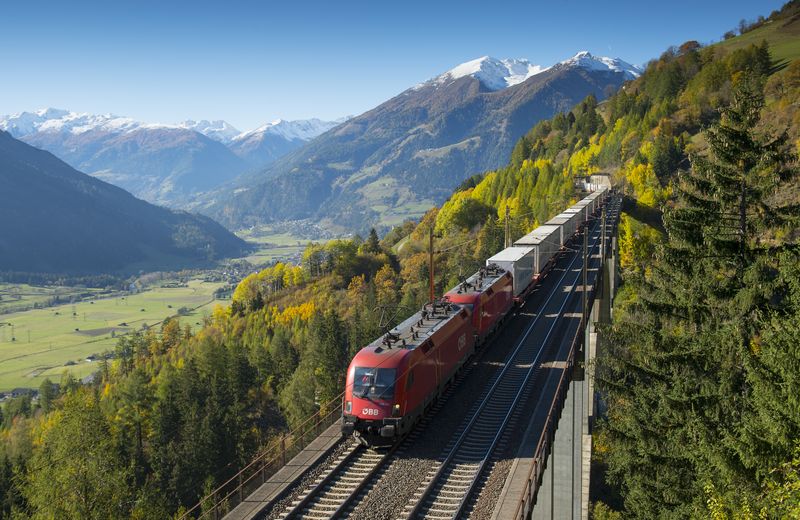By 2040, freight transport on the Brenner route (Austria’s border with Italy across the Austrian Alps) will be predominantly by truck.

Due to the low capacity of the railway and the delay in the Brenner Base Tunnel, freight transport on the Alpine route will be predominantly by truck until 2040.
The transfer of freight from trucks to trains in the Brenner Pass is a long-term project, with no significant changes in the shares of the two modes expected by 2040.
Data from iMonitraf! shows that in 2021 only 27.32% of goods transiting the Brenner Pass were transported by rail. The share of rail has remained constant over the period 2018-2021, with minimal growth forecast.
Due to the capacity of the currently used railway and the non-completion of the Brenner Base Tunnel, the analysis does not expect significant changes in the shares of the two modes in the foreseeable future. Thus, by 2030 an increase of rail to 36% is achievable and this share will not expand before 2040.
The situation is completely different in Alpine transit in Switzerland. In 2021, about 75.45% of freight was transported by rail. According to the forecast, the share is expected to rise to 83.7% in 2030. Every day, 260 rail freight routes across the Alps are available in Switzerland.
Every third tonne by rail across the Austrian Alps
Alpine connections in both countries play an important role in freight transport. iMonitraf data! data show that in 2021, 165.9 million tonnes of freight crossed the Alps: 66% (109.5 million tonnes) by road and 34% (56.4 million tonnes) by rail.
Share on:



